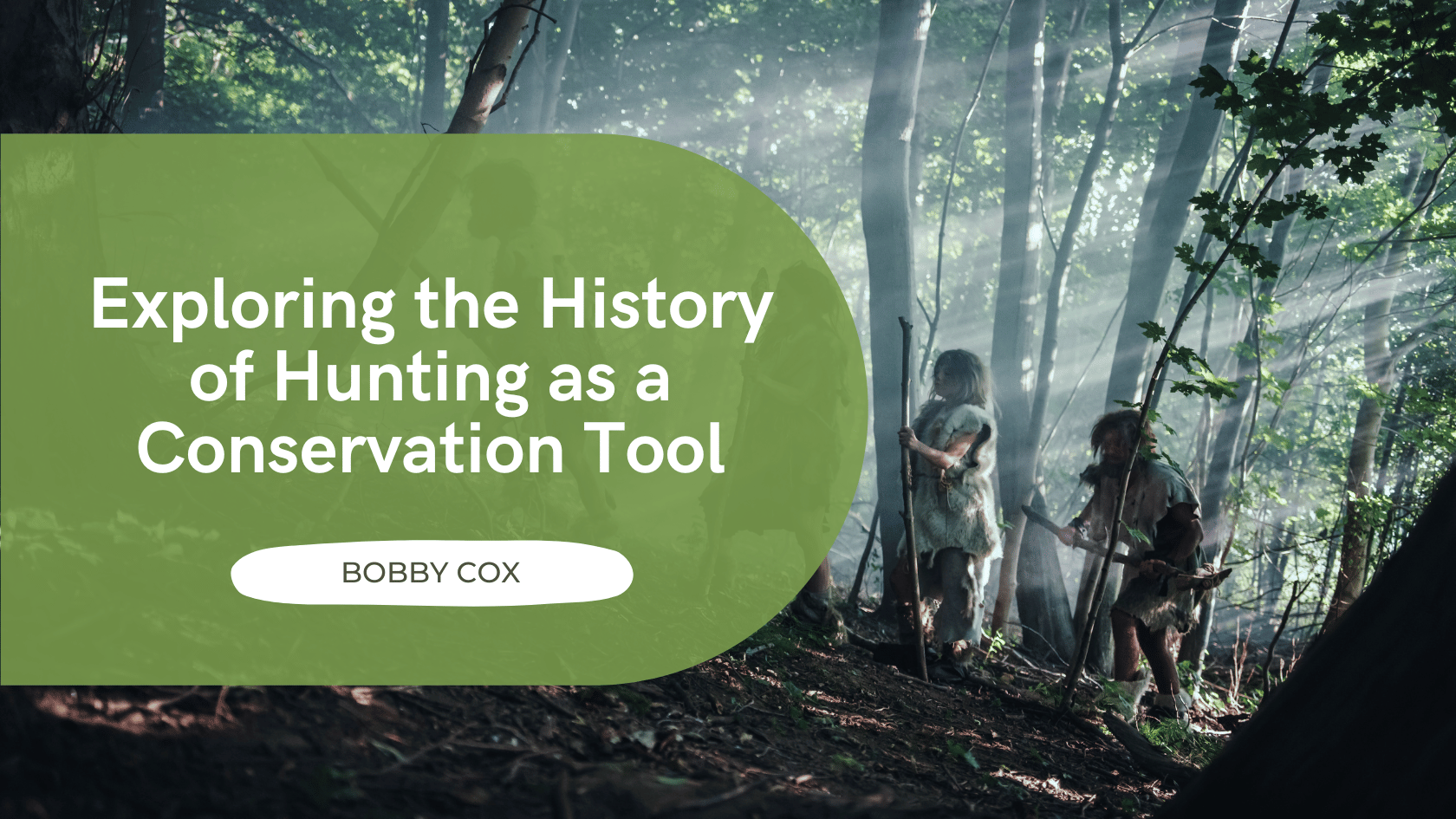Hunting has been an integral part of human history, evolving from a survival activity to a conservation tool. This article delves into the history of hunting practices and their role in wildlife management and conservation.
The Early Days of Hunting
Historically, hunting was primarily a means of survival, providing food, clothing, and tools. Ancient humans relied on hunting for sustenance, and their practices were naturally regulated by the need for balance in their environment. Over time, as human societies evolved and developed agriculture, the role of hunting shifted from a necessity to a regulated activity, both for sport and population control.
The Emergence of Conservation Consciousness
In the late 19th and early 20th centuries, unregulated hunting led to the drastic decline of several wildlife species. This period marked a significant turning point, giving rise to the conservation movement. Prominent figures like Theodore Roosevelt in the United States played a pivotal role in this transformation. Recognizing the detrimental impacts of overhunting, these early conservationists advocated for regulated hunting and the establishment of wildlife reserves.
The Role of Legislation in Hunting and Conservation
The development of wildlife conservation laws was a critical step in using hunting as a conservation tool. Laws such as the Lacey Act of 1900 in the United States were crucial in regulating the transportation of animals that were illegally captured or prohibited across state borders. Later on, the Pittman-Robertson Act of 1937 imposed an excise tax on firearms and ammunition to finance conservation efforts. Both laws were instrumental in promoting the conservation and protection of wildlife. Such legislation not only controlled hunting practices but also generated funds for wildlife management and habitat conservation.
Modern Hunting and Wildlife Management
In contemporary times, hunting is recognized as a vital tool in wildlife management. Modern hunting is regulated through licensing, seasons, and bag limits, ensuring that wildlife populations are sustainable. Biologists and conservationists work together to determine these regulations, basing decisions on scientific data regarding animal populations and environmental health.
The Ethical Hunter and Conservation Advocacy
Today, ethical hunting practices are a significant aspect of conservation. Ethical hunters adhere to regulations and embrace a conservation-minded approach, focusing on species that need population control. Many hunters are also active in conservation advocacy, participating in habitat restoration projects and wildlife conservation education.
The history of hunting as a conservation tool reflects a journey from subsistence activity to a regulated practice aimed at sustaining wildlife populations and ecosystems. Hunting has evolved into a crucial component of wildlife management and environmental stewardship through legislative actions, ethical practices, and conservation advocacy. Understanding this historical context highlights the importance of responsible hunting in contemporary conservation efforts.

